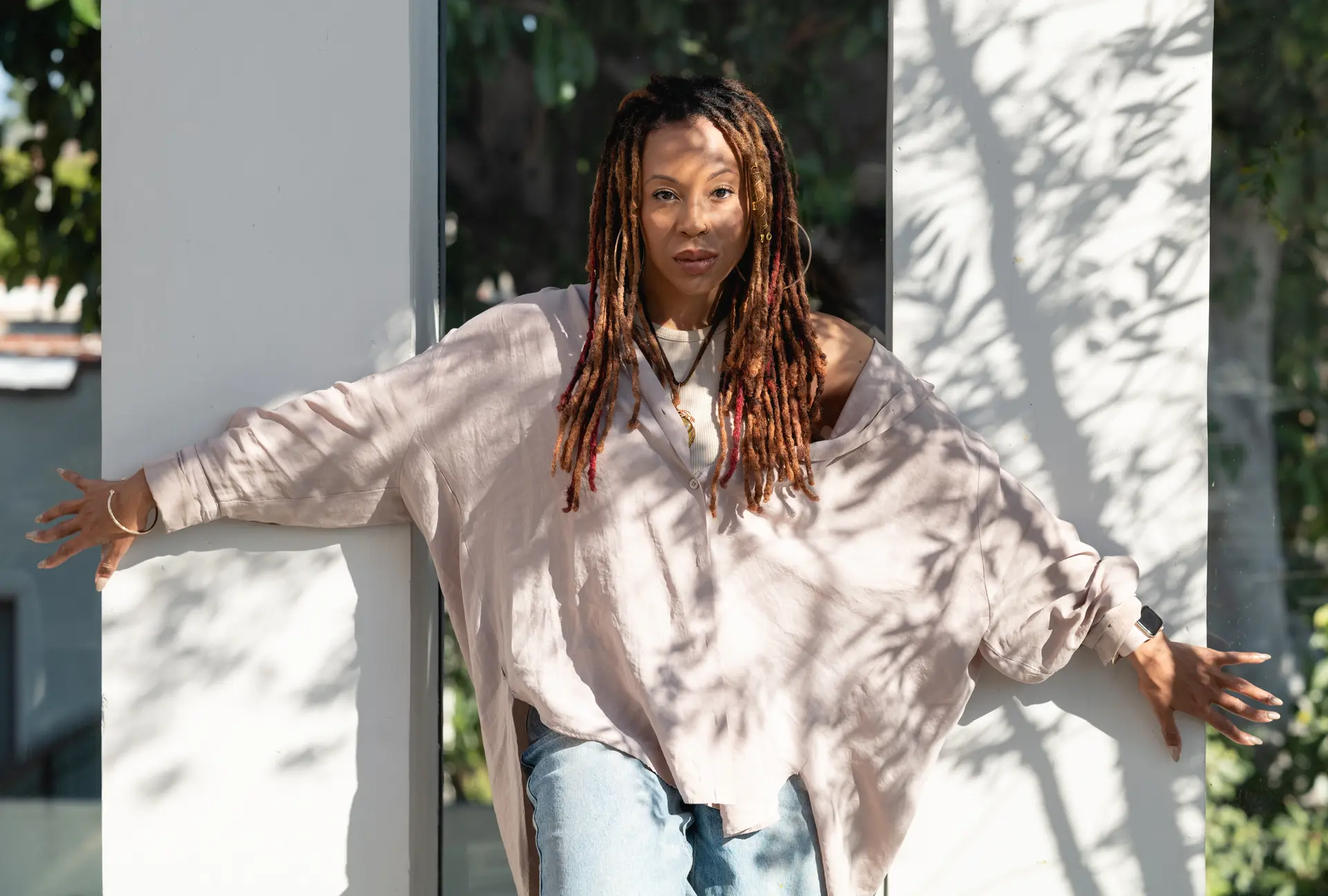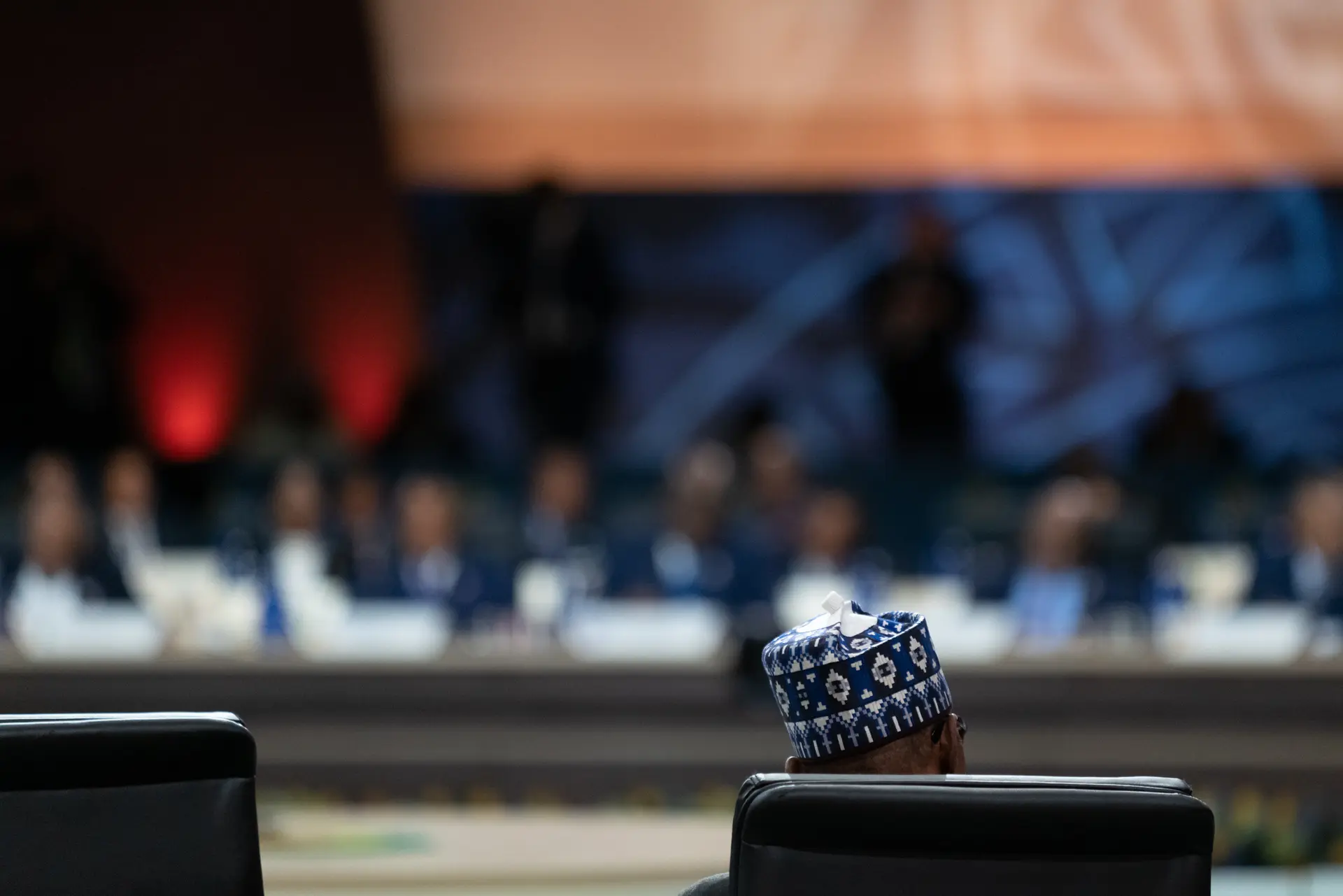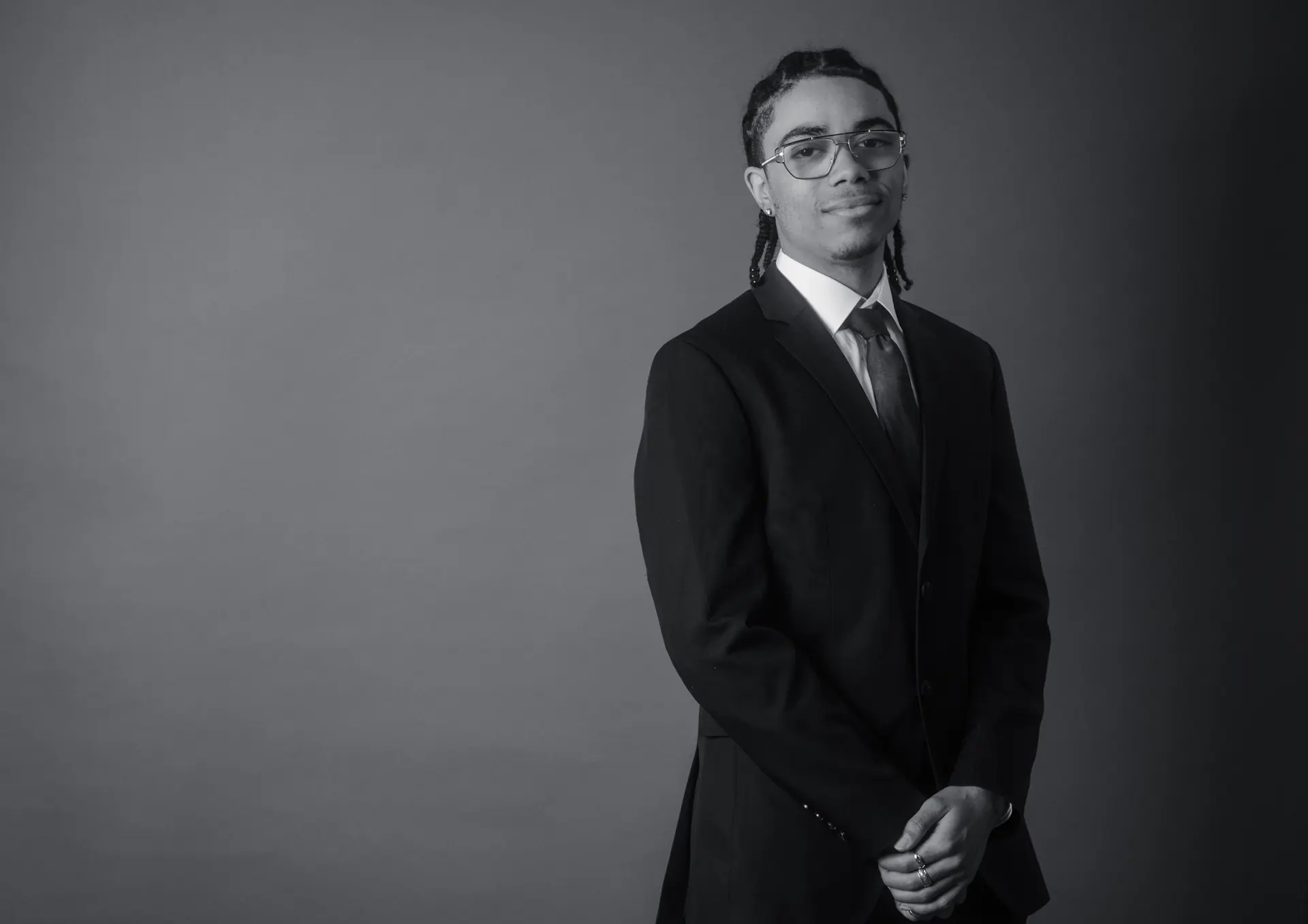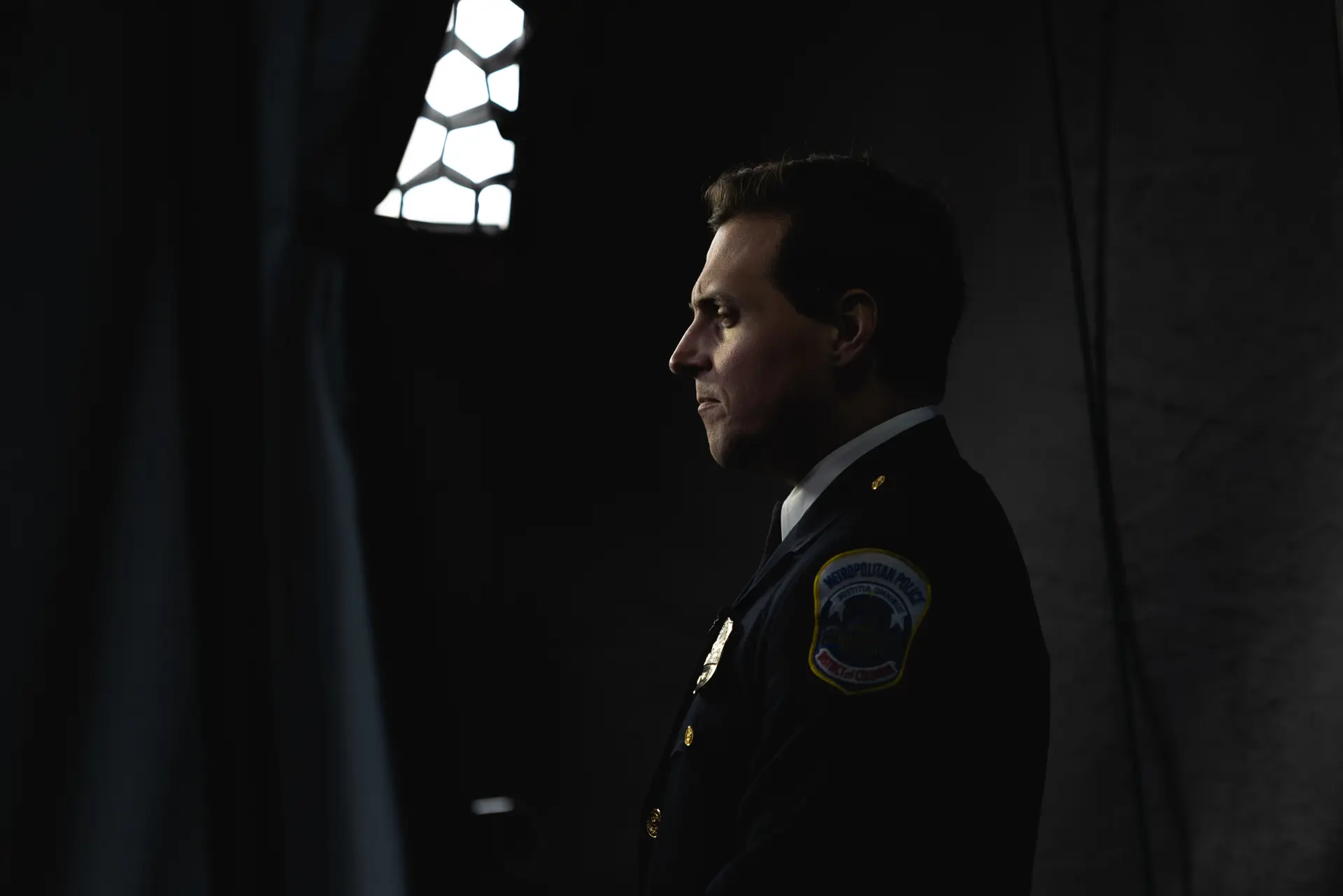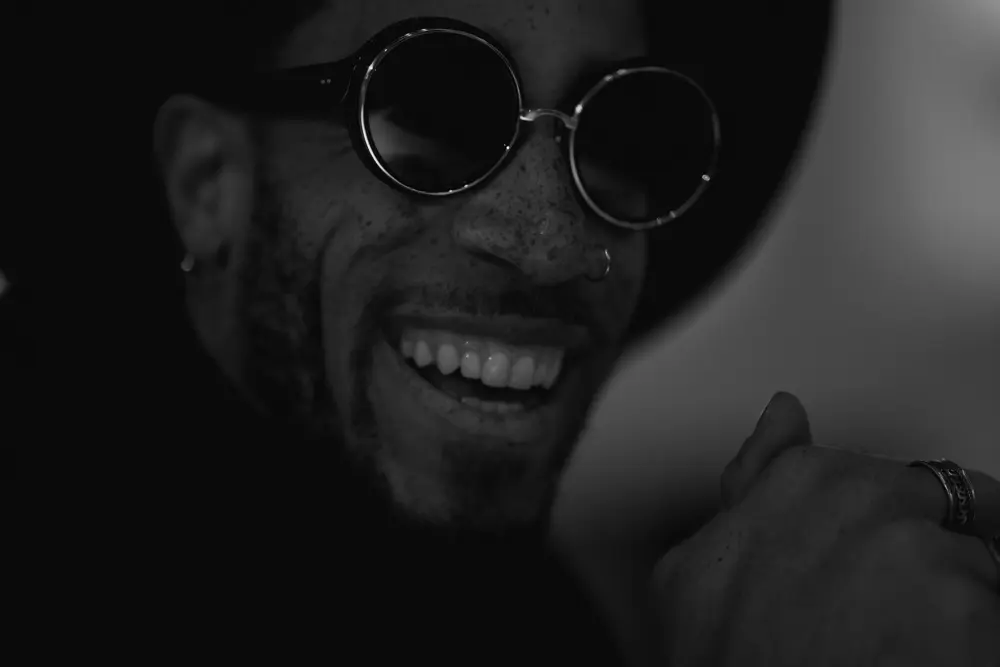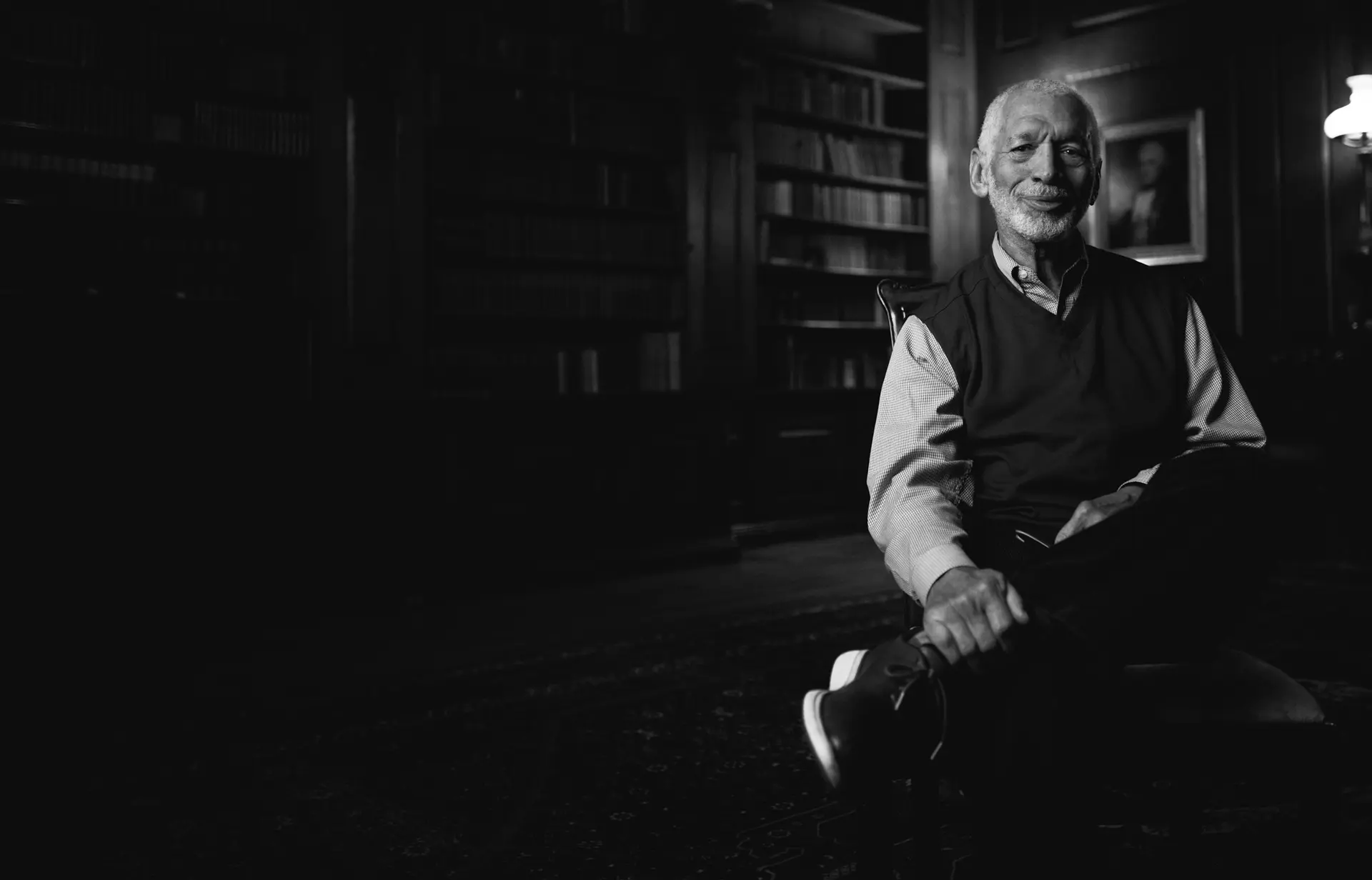Cheriss May
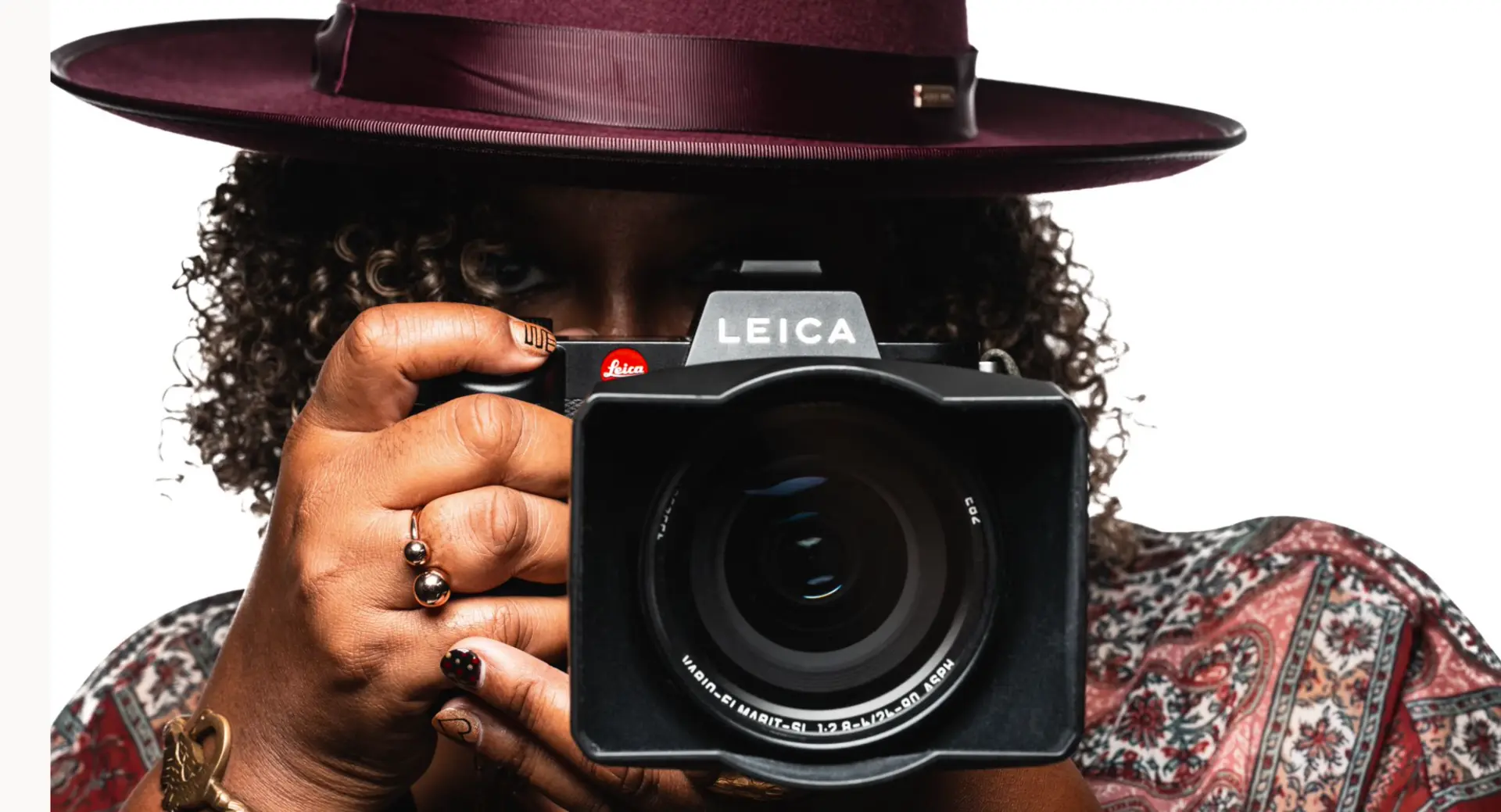
Leica Storyteller Cheriss May: Connecting People to Moments of Truth (Part II)
In part one of our SL Storyteller interview with Cheriss May, she shared her reasons for choosing the SL as her main camera and why she loves working with it. In part two, Cheriss discusses how photography has helped her find her voice and how she gives back to the photography community in her role as an educator.
RR: Cheriss, you have said that “through photography, I found the power of my voice.” Can you describe how that happened and how has that power liberated you?

CM: I used to get anxious in social situations around people I didn’t know. As much as I wanted to engage in conversation, I was uncomfortable. Earlier in my career, one of my mentors, Fred Watkins, got me on a trip to South Africa as the photographer to document a tour for an upcoming jazz fest. I didn’t know anyone. Tasked with photographing the trip and all we experienced, it was necessary for me to engage in conversation and get to know everyone on the trip. I had to get comfortable being uncomfortable, and find ways to make authentic connections, so I could share the beautiful stories of this trip. This experience taught me to lean in to the uncomfortable, and to make genuine connections with people. Through photography I fell in love with storytelling, through storytelling I found my voice and discovered the power in giving voice to untold stories.
RR: Here’s a hard question. You’re known as an editorial and portrait photographer. If you only had to do one type of work, which would you choose?
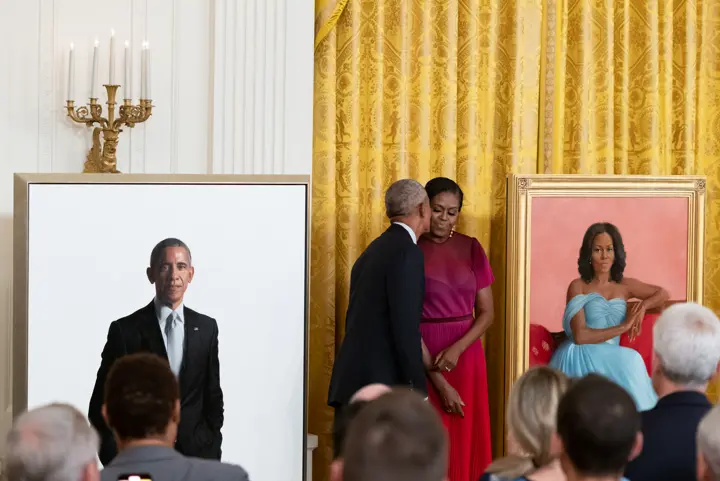
CM: Well, I’ll say this. Even when I’m shooting something newsy, I tend to gravitate toward portraits in my editorial work. I think that is because I started out as a graphic designer and my mind still thinks that way.
RR: So how differently do you approach each type of photography in terms of choosing the equipment you’ll use?

CM: The heart of what I do and in all I do is the same — to be true to the moment as it is. It’s about allowing things to unfold and happen, for people to be their authentic selves, and giving voice to their stories through my lens. Editorial is more fast paced. I need to keep my kit light and still be prepared for anything. Lenses with variable focal lengths work best — I most often use 24-90mm, and 70-200mm; on some occasions I’ll use an 85mm. For portraits I have more time to get to know people. I like to have a conversation first and see what they’re passionate about. I mostly use prime lenses —50mm, 85mm, occasionally a 90mm, and a 135mm.
RR: I haven’t asked you about your role as an educator. I know how important it is to you to inspire and cultivate the next generation of storytellers. What does teaching mean to you?
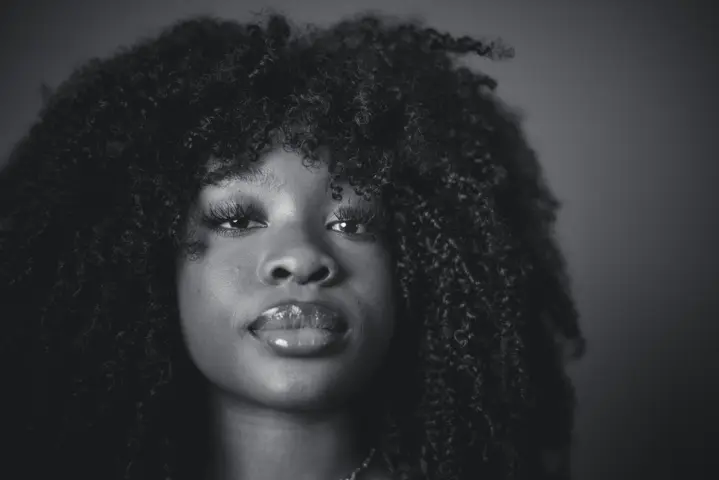
CM: I love working with students. I love teaching. I come from a family of educators, from my mother to cousins, aunts, and uncles. They are teachers, principals, and presidents. To me it’s giving back, and I feel it’s important to share your knowledge, especially with the next generation.
I love seeing students have a light bulb moment when they “get it” and when they create something that they’re proud of. They can look back on it and say, ‘I did that. I created that!’ I want to encourage students and show them the power of their voice. To see a kid transform from being shy, to having the confidence to go up to people and ask to take their picture, posing people, working their angles, shooting from high and low, is a beautiful thing – I may have shed a tear or two over it! It’s very empowering for them. That’s what kids need, to be empowered.
More than being told that they can do anything, for them to see it themselves and take ownership is powerful. Empowerment opens the door for them to do something more. Once we get comfortable in the uncomfortable, we open ourselves to learning more, growing, and having new experiences that enrich our lives.
As an educator, it’s not about spouting lessons, it’s that exchange, the connection, the conversation, that matters most. Learning is a lifelong journey. As much as I teach my students, I learn just as much from them. I teach them to tell their own stories and that their stories are right in front of them, in their family, and communities. They just need to ask what issues are important to them.
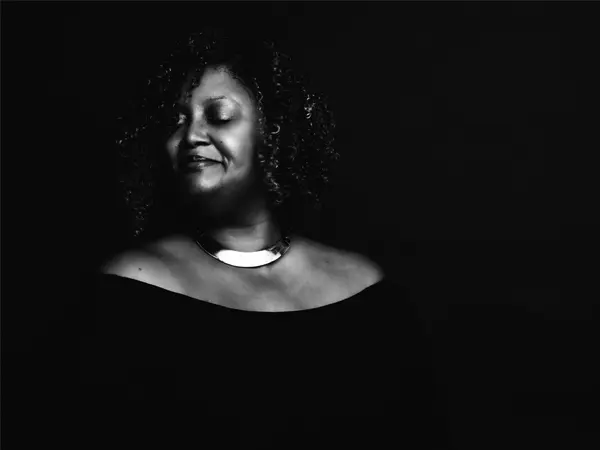
Connect with Cheriss
Her story doesn't end here.
Continue the journey with Cheriss on social media:
Instagram: @CherissMay
Facebook: Cheriss May
Twitter: @CherissMay
